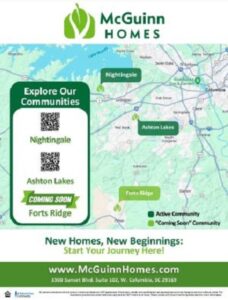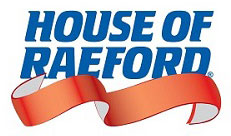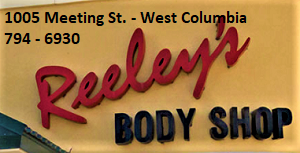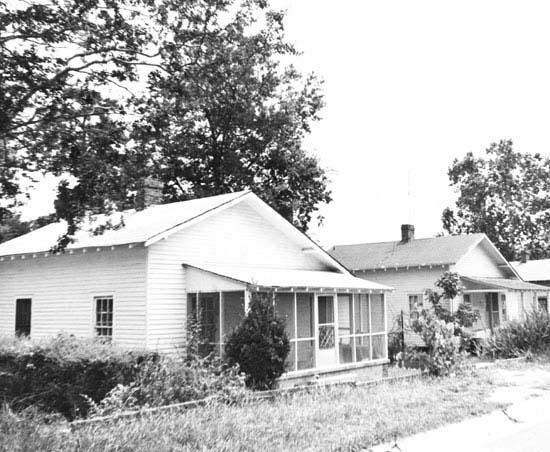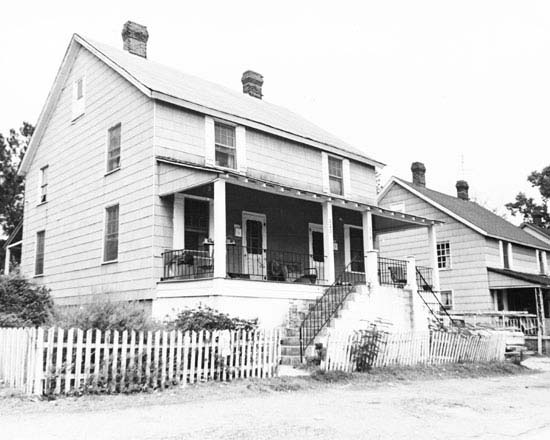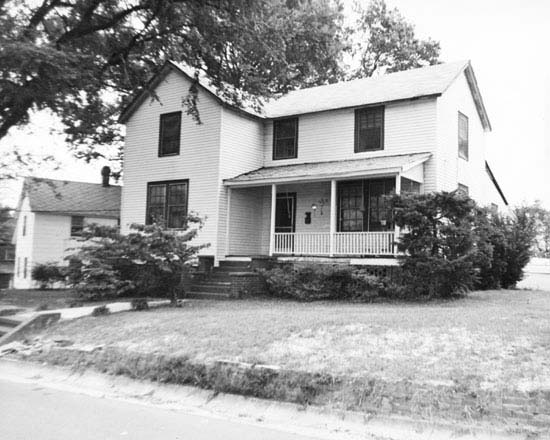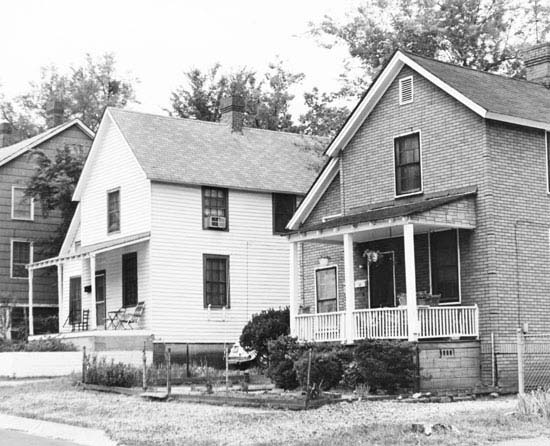
S.C. Department of Archives, History profiles West Columbia Mill Homes
Under the heading of National Register Properties in South Carolina, the S.C. Department of Archives and History profiles West Columbia’s New Brookland Historic District. It includes photos of historical homes. The types of homes are: 20th Century Mill Village House; Double Family; Tenneant House; Overseers House; and a Single family home

What it says about the Mill Village: The New Brookland Historic District is the historical nucleus of the City of West Columbia. It emerged in 1894 as a planned residential community for operatives of the Columbia Duck Mill, one of the first hydroelectrically powered textile mills in the nation. More than 150 buildings record the transformation of a rural area, with five scattered residences in 1891, into a community of more than 5,000 persons by 1907. The district is composed of approximately 20 early twentieth century commercial structures, the city’s historical business core, and the “mill village,” a 24 block residential area east of the old business district and overlooking the Congaree River. Built in successive stages in 1894, 1896, 1899, 1907 and 1916, along tree-lined streets, the village’s more than 135 houses are of one and two story frame construction. Most of the dwellings date from 1894-99 and are of three distinct types: the overseer’s house of seven rooms, with distinguishing “L” shape; the eight room duplex; and the four room single family residence. Brookland or New Brookland existed as a community in the 1880s, but its real stimulus was the opening of the Columbia Duck Mill by the Columbia Mills Company in 1894, on the Columbia side of the river, to which there was access via a bridge. The community’s older names persisted until 1938 when the town name was changed to West Columbia. Listed in the National Register October 10, 1978.
Link to site
http://www.nationalregister.sc.gov/lexington/S10817732009/index.htm



